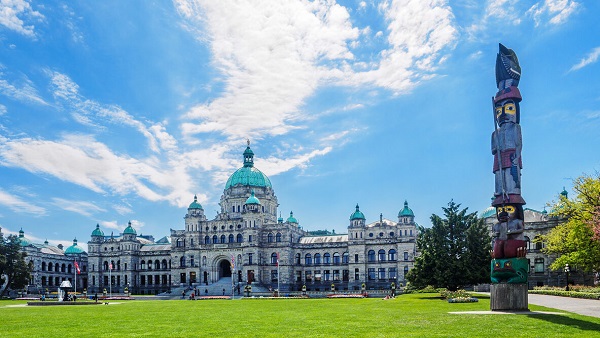National
Graves and school murders? What were we thinking?
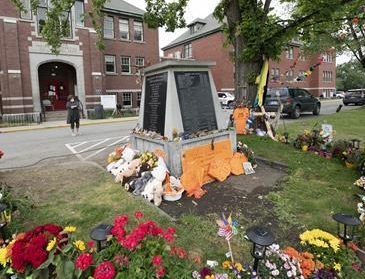
From the Frontier Centre for Public Policy
The year 2021 was the year of the Kamloops graves.
It was the top news story of the year. It was reported by CBC and all mainstream media that ground penetrating radar had detected remains of 215 indigenous children who were found buried in the old apple orchard on the grounds of the former Kamloops Indian Residential School.
The burials had taken place in secrecy in the middle of the night. Priests and nuns, who were apparently responsible for the deaths, wanted to hide the results of their crimes and forced students, “as young as six” to dig the graves of their dead classmates.
Indigenous leaders claimed there were tens of thousands more murdered and secretly buried indigenous children across the length and breadth of Canada — children who “went to residential school and never returned.”
The Trudeau government ordered flags flown at half mast, where they remained for six months. It made $320,000,000 available to indigenous communities that wanted to search for more missing children. Many accepted the offer.
2023 was the year this whole story fell apart.
There were no secretly buried children.
There were no “thousands of missing children.”
The junior ground penetrating radar operator, Sarah Beaulieu, who made her sensational claim in 2021, had most likely mistaken the remnants of 1924 septic field trenches for graves.
The indigenous children who died at residential schools mostly died of tuberculosis, as did those who never attended a residential school. Most were buried on their home reserves and their burial places had simply been forgotten.
Simply put, all of the hysteria of 2021 over secret burials and missing children was for nothing. Canada had fallen for the biggest fake news story in the history of the nation.
A new book of essays by Professor Tom Flanagan and CP Champion examines how this false story took hold and how it was debunked.
Tom Flanagan is Canada’s foremost expert on indigenous issues. Champion is the editor of the Dorchester Review, where many of these valuable essays can be found.
The essays tell the story of how Canadians fell for a story that made no sense from the outset. Why would priests kill and secretly bury children? There was no historical record of any such events ever happening.
If the children went to the residential school “and never returned” wouldn’t there be some record of such a thing happening — a parent complaining, a police report, a complaint to a chief etc.? But there was no such thing.
The odd thing is that neither CBC nor practically any other reporter asked any such questions. They not only repeated the false claims, they amplified and exaggerated them. So 215 “soil disturbances” (which is what the radar had detected) became “human remains,” “bodies,, “graves” and even “mass graves.”
Conrad Black wrote the foreword to the book. Black is one of the few Canadians who recognized from the outset the Kamloops claim was absurd. Black was also one of the few writers who has consistently denounced the disgraceful claim that Canada is guilty of any kind of genocide.
He properly criticized former Chief Justice Beverly McLachlin when she first put forward the baseless claim in 2015 and he has consistently defended Canada against such slander.
The writers (disclosure: I am one) systematically take apart the false Kamloops and copycat claims. Professor Jacques Rouillard, using research done by Nina Green proves the deaths of the KIRS students who died while enrolled at the school were properly documented, that the deaths were mainly from the diseases of the day and that the children were almost all buried on their home reserves.
These children had not been buried in secrecy, they were never “missing” and there was absolutely nothing sinister about their deaths.
Children from the community who attended day schools, or didn’t attend school at all, died in similar numbers from the same diseases. Death from disease was simply a sad fact of life and had nothing to do with whether or not a child attended a residential school.
The only “evidence” that could possibly support the secret burial thesis — apart from the usual conspiracy theories that are told in every community — was the report from Sarah Beaulieu of soil disturbances detected by ground penetrating radar that she opined could be possible graves.
However, on closer inspection these claims fall apart. The authors expose Beaulieu’s negligence in failing to research previous excavations before recklessly venturing an opinion on such an important matter.
Her other mistaken assumptions, such as false reports about a child’s tooth and bone, are also exposed. It is noteworthy the T’kemlups Band originally promised to release Beaulieu’s report to the public but reneged on that promise when it became apparent the report was unreliable, just as they have reneged on their stated intention to excavate.
The other essays examine the other claims made about evil priests, secret burials and missing children. The authors systematically dissect the claims, and expose them as the false claims that they are.
As for the claim there are “thousands of missing children” who are alleged to have entered residential schools “and never returned” to their parents, and now lie in “unmarked graves” Professor Flanagan puts it succinctly: These are not “missing children” — they are “forgotten children.” They now lie in unmarked graves for the simple reasons that their families didn’t keep up their gravesites and forgot about them.
The current grave-searching mania now occurring in indigenous communities is fueled by the $320,000,000 that then Indigenous Affairs Minister Marc Miller dangled before poor indigenous communities like golden carrots.
Other essays in the book examine other common misconceptions about residential schools, generally. One of the most persistent is the claim — consistently made by CBC for two decades — that “150,000 children were forced to attend” residential schools.
This claim is completely untrue.
Prior to 1920, status Indian parents were not required by law to send their children to any school — and most didn’t. After 1920, status Indian parents could choose between sending their children to day schools or residential schools. It is only where no day school was available that parents were required to send their children to residential schools.
But even then, there was seldom enforcement of that law. Only in the case of orphans or severe child neglect (usually due to alcohol abuse) was parental consent dispensed with (for obvious reasons).
CBC has been advised of their repeated reporting error, but continues to push this misinformation. Their justification for doing so is a word salad of obfuscation that is either meant to mislead or shows incompetence on their part.
In sum, the hysteria following the May 2021 announcement 215 “graves” had been discovered at Kamloops is not something that is easily explained. Why most Canadians seemed willing to accept such a preposterous claim in the first place will be a subject for historians and psychologists for decades.
Why the Trudeau government — without a shred of real evidence — ordered flags lowered for months; why the CBC and other mainstream media failed to ask even the most elementary questions about claims that they must have known were false; why indigenous leaders decided to put forward a false narrative that they must have known would eventually be exposed as a fraud — these are all questions examined in the revealing essays in this important book.
Although CBC — and even government publications — continue to put out fatuous claims about “graves,” “probable graves” and “human remains” the international community concluded some time ago that Canada succumbed to some kind of mass hysteria in May 2021, when the preposterous Kamloops claim was first made.
Was this national gullibility related to the strange lockdown years? Was it “Canada’s George Floyd moment? Was it “Canada’s woke nightmare?”
These are questions readers can ask themselves when reading these essays. Professor Flanagan and Chris Champion deserve a lot of credit for swimming against a tide of wokeness to put out this important book.
They are part of a research group — not afraid to be called “deniers” — who wrote the essays published in the book and initiated the Indian Residential School Research Group where additional information can be found.
For original documents and primary sources readers can go to indianresidentialschoolrecords.com.
In May of 2021, Canadians fell for “fake news”. There is an old saying: “Fool me once, shame on you. Fool me twice, shame on me”.
This book should be read with that saying in mind.
Together with the question: “What were we thinking?”
Brian Giesbrecht, retired judge, is a Senior Fellow at the Frontier Centre for Public Policy.
Business
The Liberal budget is a massive FAILURE: Former Liberal Cabinet Member Dan McTeague

Prime Minister Mark Carney tabled his government’s long-overdue budget yesterday and took the same approach as his predecessor – spend, spend, spend.
Canada’s deficit is now a staggering $78 BILLION. To make matters worse, Carney doubled down on the industrial carbon tax.
Dan McTeague explains in his latest video.
Daily Caller
US Eating Canada’s Lunch While Liberals Stall – Trump Admin Announces Record-Shattering Energy Report
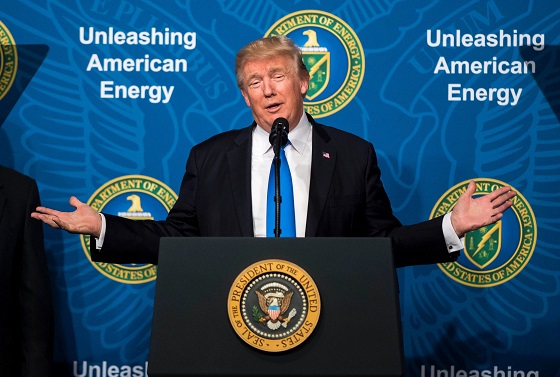

From the Daily Caller News Foundation
By Audrey Streb
The Department of Energy (DOE) touted a report on Wednesday which states that America broke records in liquefied natural gas (LNG) exports.
The U.S. became the first country to export over 10 million metric tonnes of LNG in one month in October, Reuters reported on Monday, citing preliminary data from the financial firm LSEG. The DOE posted on X on Wednesday that “there are big opportunities ahead for U.S. natural gas” and has consistently championed LNG in a sharp departure from former President Joe Biden’s crackdown on the resource.
“The fact that America’s oil and gas industry was able to pass this stunning milestone is impressive considering all the roadblocks to progress which were thrown up by the Biden administration,” David Blackmon, an energy and policy writer who spent 40 years in the oil and gas business, told the Daily Caller News Foundation. “It is a testament to both the resilience and innovative mindset of the industry and to the phenomenal wealth of America’s natural gas resource.”
Dear Readers:
As a nonprofit, we are dependent on the generosity of our readers.
Please consider making a small donation of any amount here.
Thank you!
🗣️RECORD BREAKING: For the first time, U.S. LNG exports are projected to surpass 10 million metric tons in a single month. There are big opportunities ahead for U.S. natural gas!
— U.S. Department of Energy (@ENERGY) November 5, 2025
Two facilities in Louisiana and Texas are responsible for the LNG export surge, according to Reuters. The U.S. LNG industry emerged as an energy sector giant in recent decades, with America now leading the world in LNG exports after being projected to be a net importer as late as 2010, according to S&P Global.
The Biden administration enacted a freeze on new LNG export permits and “intentionally buried a lot of data and released a skewed study to discredit the benefits of American LNG,” the DCNF previously reported. The environmental lobby applauded Biden’s January 2024 freeze on new LNG export terminals, though critics argued that the policy stalled investment, would not reduce emissions and undermined America’s global strategic interests.
In contrast, President Donald Trump sought opportunities to bolster LNG and reversed the new permit pause through a day-one executive order. Some energy policy experts told the DCNF that the reported milestone highlights the resiliency of the industry and the benefit of Trump’s “American energy dominance” agenda.
-
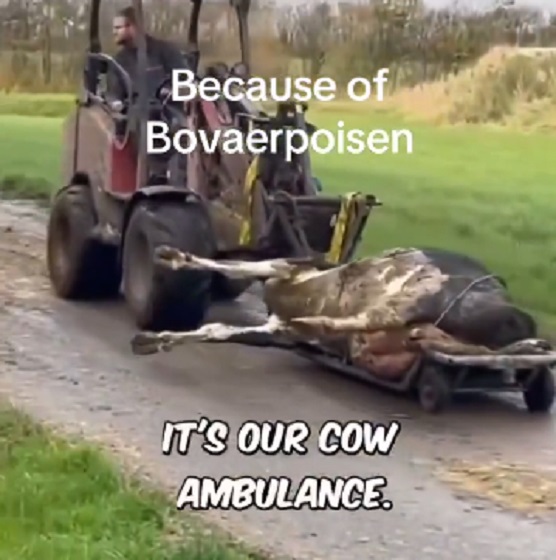
 Agriculture1 day ago
Agriculture1 day agoDanish Cows Collapsing Under Mandatory Methane-Reducing Additive
-
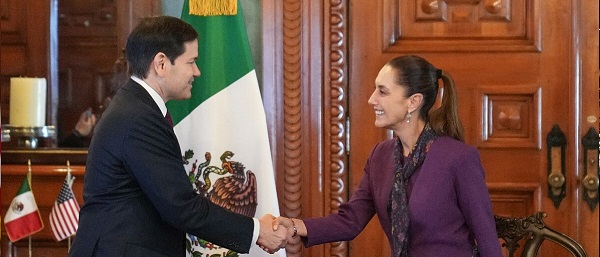
 Daily Caller2 days ago
Daily Caller2 days agoTrump Reportedly Planning Ground Troops, Drone Strikes On Cartels In Mexico
-

 Business2 days ago
Business2 days agoTrump’s Tariffs Have Not Caused Economy To Collapse
-

 Alberta1 day ago
Alberta1 day agoAlberta government’s plan will improve access to MRIs and CT scans
-
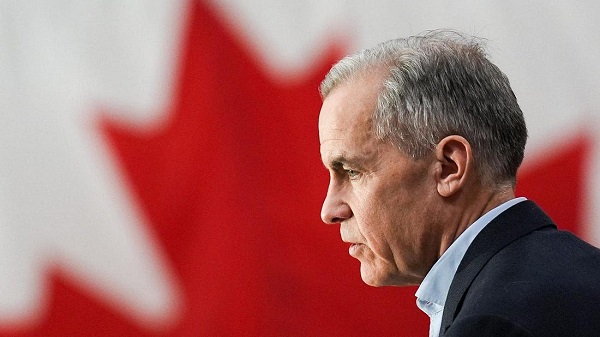
 Business1 day ago
Business1 day agoCarney government’s first budget should signal end to crippling ‘climate’ policies
-

 Brownstone Institute2 days ago
Brownstone Institute2 days agoBizarre Decisions about Nicotine Pouches Lead to the Wrong Products on Shelves
-
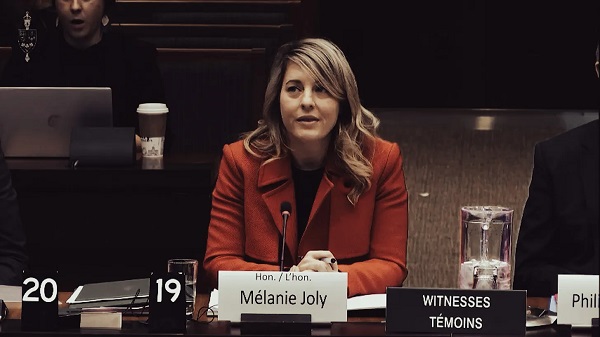
 Business1 day ago
Business1 day agoNo Jobs Clause: Liberals Under Fire Over Stellantis Deal in Fiery Committee Showdown
-
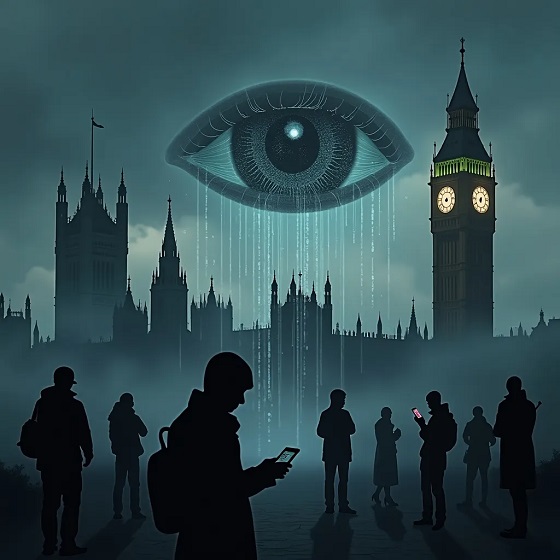
 Censorship Industrial Complex15 hours ago
Censorship Industrial Complex15 hours agoHow the UK and Canada Are Leading the West’s Descent into Digital Authoritarianism




